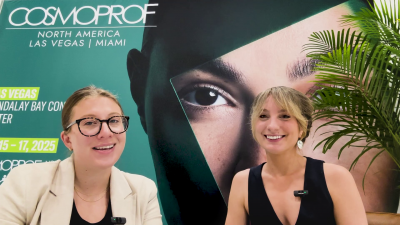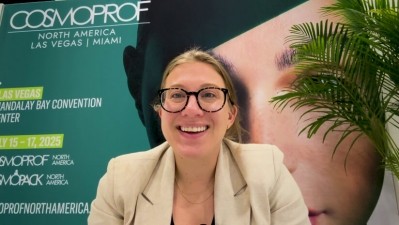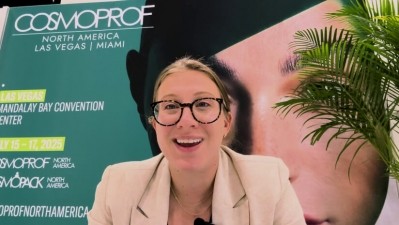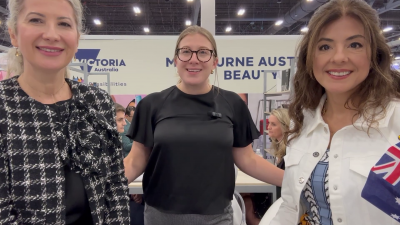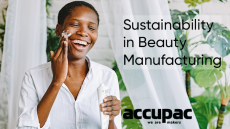FIT research identifies '$10bn opportunity within beauty deserts,' and '$13tn opportunity in accessible beauty'
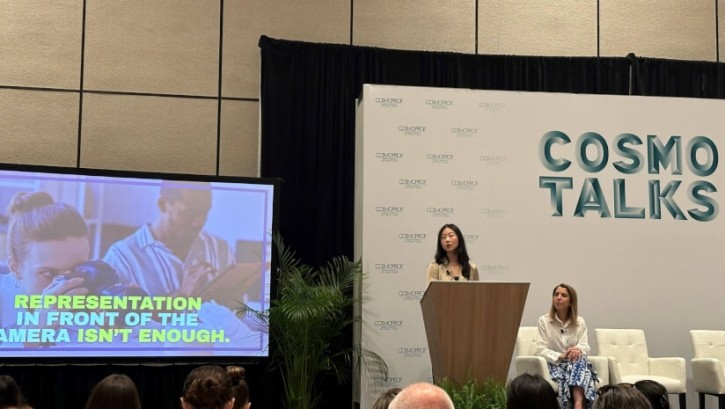
The beauty industry’s influence extends beyond its aesthetic appeal, profoundly affecting various aspects of society. Recent research from the Fashion Institute of Technology (FIT) has illuminated these impacts, offering valuable insights for cosmetics and personal care product manufacturers and suppliers.
Presented at Cosmoprof Las Vegas, the 2024 capstone project examined the economic, social, and inclusivity dimensions of the beauty industry, each of which holds significant implications for the cosmetics sector.
Economic impact: The ripple effect on global markets
The economic impact of the beauty industry is substantial, contributing $2.5 trillion to the global economy and employing over 75 million people worldwide. The sector accounts for 2% of global GDP and generates $700 billion in trade annually.
New insights from the FIT Beauty Market Accessibility Survey revealed significant disparities in beauty product accessibility. Notably, 43 million Americans live in beauty deserts, where they do not readily have access to fundamental beauty products and services.
Among respondents in rural and suburban areas, 58% travel more than 30 minutes to purchase beauty products, while 70% of respondents of color in these areas struggle to find products that meet their needs. Additionally, 65% of respondents cannot afford beauty products.
The research identified a $10 billion opportunity within beauty deserts and suggests innovative solutions, such as simplified artificial intelligence (AI) services, mobile beauty collectives, hyper-hubs, and targeted mergers and acquisitions, to address these accessibility gaps.
Social impact: Addressing holistic wellness in women’s lives
The social impact of the beauty industry, particularly regarding women’s holistic wellness, is significant. FIT’s research highlights several areas where beauty brands can make a difference.
During puberty, 75% of adolescent girls feel inadequately informed about the changes they are experiencing, which affects their mental well-being. For reproductive-age women, hormonal fluctuations and major life decisions contribute to anxiety and depression, with postpartum depression more than doubling in the past 11 years.
Menopause, a universal experience, alters a woman’s perception of herself, with 83% feeling ashamed despite the fact that 100% will experience it. The research underscores that 95% of women want beauty brands to recognize the connection between holistic wellness and external beauty.
Furthermore, 70% of women consider it extremely important for beauty brands to support health and wellness initiatives, and 75% feel there could be more wellness products addressing hormonal changes. These findings suggested a substantial opportunity for beauty brands to engage with consumers on a deeper level.
Inclusivity impact: Enhancing accessibility for people with disabilities
FIT’s research emphasizes the importance of accessibility in beauty, particularly for people with disabilities (PWD). Approximately 20% of the global population discloses having a physical, neurological, or sensory disability, though many may not self-identify due to stigmatization.
It is anticipated that 100% of people will experience some form of disability at some point in their lives, whether permanent, temporary, or age-related. The spending power of PWD represents a $13 trillion market opportunity.
However, the primary challenge for PWD in the beauty industry is the accessibility of products and packaging. To address this, it is recommended that beauty brands develop inclusive products using universal design principles.
Additionally, more than 90% of beauty brands currently lack strategists to address the needs of PWD, highlighting the need for a shift in approach across all consumer touchpoints. Moreover, only 1% of advertisements feature people with disabilities, indicating a need for more authentic representation across the industry.
The FIT research underscored the multifaceted impacts of the beauty industry, offering critical insights for cosmetics and personal care product manufacturers and suppliers. By understanding the economic, social, and inclusivity dimensions of consumer behavior, brands can better navigate market trends and enhance their competitive edge.
Emphasizing emotional connection, adapting to economic shifts, addressing social responsibility, and embracing inclusivity are essential strategies for succeeding in the dynamic cosmetics and personal care landscape. Staying informed and responsive to these impacts will be crucial for success in an ever-evolving market.
